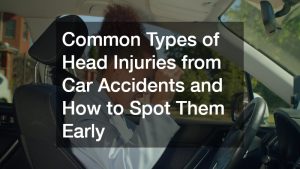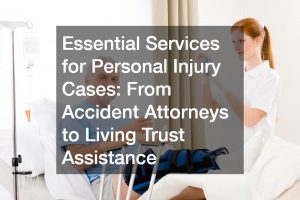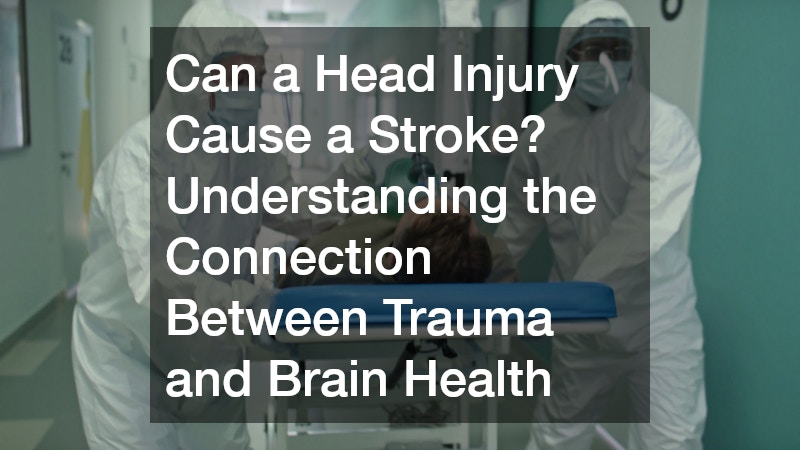
Head injuries can range from mild concussions to severe brain trauma, and the effects may not always be immediate. One of the lesser-known yet serious complications that can occur after a head injury is a stroke. For individuals who have experienced a car accident or their loved ones, understanding this connection is essential. Although not every head injury leads to a stroke, trauma can disrupt the brain’s blood flow and trigger dangerous conditions. This article explores how head injuries may contribute to strokes, the warning signs to watch for, and what steps you can take to protect your health after an accident.
What Is a Stroke and How Does It Happen?
A stroke happens when there is an interruption or reduction of blood flow to part of the brain. This affects the supply of oxygen and nutrients to the brain tissues. Within minutes, brain cells begin to die, leading to serious neurological damage or even death. The two primary types of strokes are ischemic stroke and hemorrhagic stroke. Ischemic stroke is characterized by a blood clot or blockage in a brain artery. Hemorrhagic stroke occurs when there is bleeding in or around the brain, often from a ruptured blood vessel.
Both types can result in permanent disability or cognitive deficits if not treated promptly. Understanding the root causes of a stroke—including trauma from a head injury—is crucial in reducing risk and promoting early detection.
Can a Head Injury Cause a Stroke?
Yes, a head injury can increase the risk of stroke, especially in the days and weeks following the trauma. This is particularly true in cases involving serious trauma, such as head injuries from car accidents. These injuries can cause:
- Blood vessel damage: Trauma may rupture or narrow blood vessels in the brain, leading to clot formation or hemorrhage.
- Brain swelling (edema): Increased pressure can restrict blood flow, potentially resulting in an ischemic stroke.
- Dissection of arteries: In some cases, trauma causes a tear in the inner lining of arteries in the neck or brain, allowing blood to leak into the arterial wall and form clots.
While these conditions are rare, they’re serious, and being aware of the signs can make a life-saving difference.
Early Stroke Warning Signs to Watch For
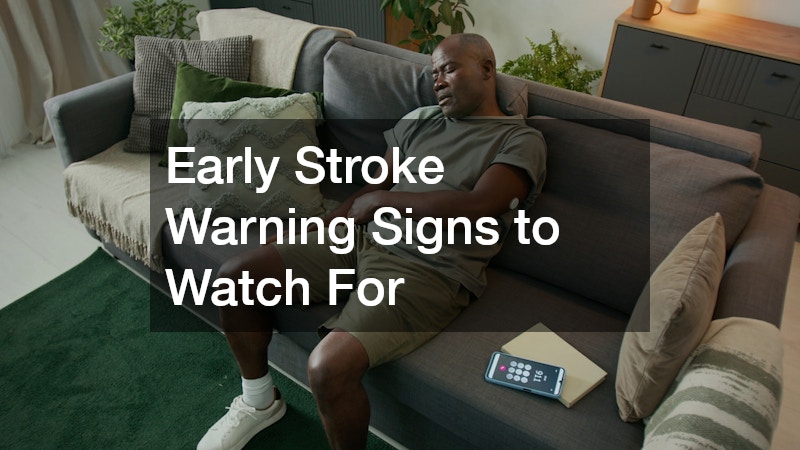
Recognizing the signs of a stroke after a head injury is critical. The earlier a stroke is identified, the better the outcome will be. Use the acronym FAST to remember the most common symptoms:
- F – Face drooping: One side of the face may appear lopsided or numb.
- A – Arm weakness: Sudden numbness or weakness in one arm.
- S – Speech difficulty: Slurred or confused speech.
- T – Time to call 911: Immediate medical attention is crucial.
Additional symptoms may include:
- Sudden dizziness or balance issues
- Severe headache with no known cause
- Blurred or double vision
- Confusion or difficulty understanding speech
- Numbness in the face, arm, or leg, especially on one side
These symptoms can appear within minutes or gradually over hours or days after a head injury.
Who Is Most at Risk After a Head Injury?
Not everyone who suffers a head injury will develop a stroke, but certain factors can increase the likelihood. These include:
- Severity of the injury: More severe trauma often leads to greater risk.
- Age: Older adults are more vulnerable to both head injuries and strokes.
- Pre-existing health conditions: High blood pressure, clotting disorders, and diabetes can elevate stroke risk.
- Neck injuries: Trauma to the neck can affect arteries that supply blood to the brain.
- Use of blood thinners: These medications can increase the risk of bleeding in the brain after an injury.
If you or a loved one falls into any of these categories after a car accident, be extra cautious and seek medical evaluation, even if symptoms seem minor.
Diagnosing Stroke Risk After a Head Injury
After a head injury, especially from a car accident, doctors may recommend a series of tests to assess stroke risk. These may include:
- CT scans or MRIs to detect bleeding or swelling
- Carotid ultrasound to check blood flow in the neck arteries
- Angiography to visualize blood vessels and detect clots or tears
- Neurological evaluations to test memory, movement, and cognition
If you experience any symptoms of stroke or persistent discomfort following a head injury, don’t delay seeking care. Timely diagnosis is essential for treatment and recovery.
Legal and Medical Support: When a Car Accident Causes Long-Term Health Issues
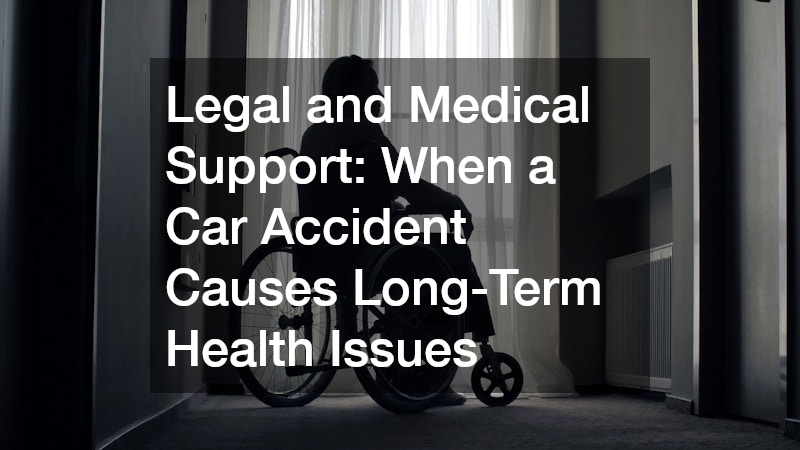
When someone suffers a stroke after a car accident due to a head injury, the aftermath can be overwhelming—physically, emotionally, and financially. In many cases, victims are eligible to pursue a personal injury claim. Here’s why legal consultation is vital:
- Medical bills and ongoing care: Stroke recovery can be expensive, involving rehabilitation, therapy, and medication.
- Loss of income: Victims may be unable to return to work for extended periods.
- Pain and suffering: Emotional distress and long-term disability can significantly affect quality of life.
A personal injury attorney can help gather medical documentation, prove causation between the head injury and stroke, and pursue compensation from the at-fault party or insurance provider.
How to Protect Your Health After a Head Injury
Being proactive after any head trauma can lower your risk of complications like stroke. Here are the steps you should take:
- Seek medical attention immediately, even for mild head bumps.
- Follow up regularly with a neurologist or primary care doctor.
- Report new symptoms like headache, dizziness, or confusion right away.
- Keep medical records for any injuries and follow your doctor’s recommendations.
- Limit physical activity until cleared by a healthcare provider.
Awareness, monitoring, and early intervention are your best defenses against post-traumatic stroke and other serious complications.
Conclusion
While not all head injuries lead to a stroke, the risk is real, especially after high-impact incidents like car accidents. Understanding how trauma can disrupt brain function and recognizing the warning signs of stroke can lead to better outcomes. For victims and their families, being informed is the first step toward healing and justice. Whether you’re managing symptoms or considering legal action, always prioritize your health and seek professional support.

